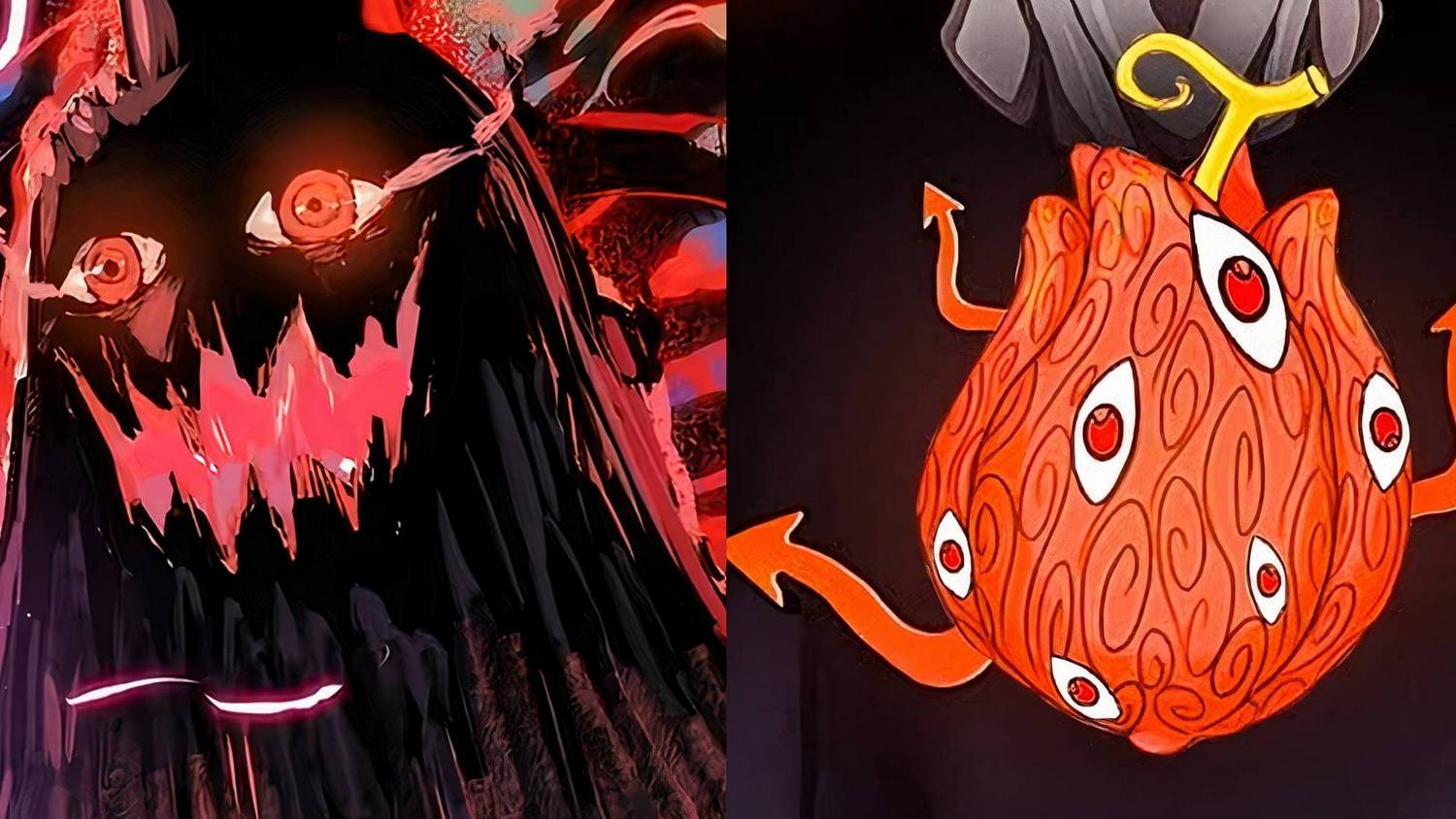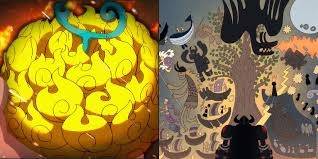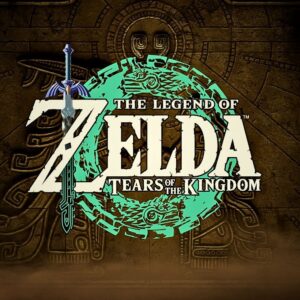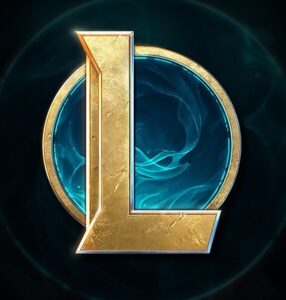Unveiling the Primal Source: How Oda’s Hints Point to the Devil Fruit Tree’s True Location
Popular Now
 Rust
Rust
 Stumble Guys
Stumble Guys
 Schedule I
Schedule I
 Auto X Drift Racing 3
Auto X Drift Racing 3
 Call of Duty
Call of Duty
 Free Fire Max
Free Fire Max
 BeamNG.drive
BeamNG.drive
 Geometry Dash
Geometry Dash
 Free Fire
Free Fire
 Warframe
Warframe

In the vast, enigmatic world of One Piece, few mysteries have captivated the global audience quite like the origin of Devil Fruits. These mystical treasures grant incredible power at the cost of the user’s ability to swim, a curse that has been a defining element of the series since its very first chapter. While recent manga revelations have shed light on the nature of Devil Fruits—that they are born from human desires—the ultimate question of their physical genesis has remained a tantalizing secret. However, a deep dive into Eiichiro Oda’s own work, including early prototypes and recent canonical events, suggests that the “Devil Fruit Tree” isn’t just a fan theory, but a core piece of the narrative that has already been revealed in plain sight.
The existence of a Devil Fruit Tree has long been a whispered rumor in the community, with its roots in Oda’s initial one-shot, Romance Dawn. In this prototype for One Piece, the “Gomu Gomu no Mi” was said to have come from the “Illusion Tree.” This early mention, while non-canonical at the time, laid a foundation for the concept of a singular, physical origin point for these powers. With the recent, explosive developments in the Final Saga, particularly concerning the Void Century and the Ancient Kingdom, this early concept has gained significant traction, transitioning from a mere theory to a highly plausible reality.
The latest arc on Egghead Island, spearheaded by the brilliant Dr. Vegapunk, provided the most crucial piece of information to date. Vegapunk’s groundbreaking research confirmed that Devil Fruits are the embodiment of humanity’s hopes and dreams for what they could become. He hypothesizes that these fruits represent different evolutionary paths that were ultimately rejected by “Mother Nature,” hence the sea’s curse upon their users. While this explains the ‘why,’ it still leaves the ‘how’—how do these desires physically manifest as fruit? This is where the long-standing theory of the Devil Fruit Tree finds its canonical anchor.
 The Adam and Eve Connection: Unlocking the Location
The Adam and Eve Connection: Unlocking the Location
For years, Oda has introduced other “special” trees into the lore of One Piece, with names that are far from coincidental. These include the Treasure Tree Adam and the Sunlight Tree Eve. The former is renowned for its unparalleled durability, used to construct the Thousand Sunny and the legendary Oro Jackson. The latter is a colossal tree whose roots extend from the surface to Fishman Island, providing it with vital sunlight. The biblical naming convention of these trees, Adam and Eve, is a powerful hint, suggesting a trinity or a core group of trees that govern the natural world of One Piece. If there is a Treasure Tree Adam and a Sunlight Tree Eve, it is a logical and narratively compelling conclusion that there must be a third, and that this third tree is the source of the forbidden fruit—the Devil Fruit Tree.
The location of the Sunlight Tree Eve provides the most compelling evidence for the Devil Fruit Tree’s whereabouts. Its roots are located in Fishman Island, deep beneath the ocean, while the trunk and main body of the tree must sit directly on the surface, at the very top of the Red Line. This places its origin point squarely in the Holy Land of Marijoa, the seat of the World Government and the Celestial Dragons. This is no coincidence. The World Government’s profound knowledge of and control over Devil Fruits, as evidenced by their centuries-long pursuit of the Hito Hito no Mi, Model: Nika, strongly implies they have a secret, and direct, access to their source. It is highly probable that the Sunlight Tree Eve, which nourishes and sustains the underwater civilization, is one and the same as the Devil Fruit Tree.
 A Symbol of Desire and Control
A Symbol of Desire and Control
This theory adds a new layer of complexity and thematic depth to the World Government’s tyranny. By controlling the source of all Devil Fruits, they effectively control the most powerful abilities in the world. This would explain their secretive nature and their relentless quest to retrieve certain fruits, such as the Gomu Gomu no Mi, which they have rebranded and hidden for 800 years. The idea that a single tree in the heart of their domain is the source of all the power that challenges them—the power of dreams and desires—is a fitting paradox for the series’ central conflict.
Furthermore, the fall of the Devil Fruit Tree, perhaps during the cataclysmic events of the Void Century, could be what scattered the fruits across the globe. This would align with the notion that the fruits, like the people of the Ancient Kingdom, are a fractured and scattered legacy that the World Government has spent centuries trying to suppress. The ongoing conflict is not just about a mythical treasure, but a battle for the very soul of the world—a battle to either reclaim the dreams that were taken or to permanently bury them.
The mystery of the Devil Fruit Tree is no longer a fringe theory. It has become an essential narrative component, one that Oda has carefully woven into the fabric of the story from its earliest concepts to its most recent chapters. The clues are there, hidden in plain sight, waiting for the Straw Hat Pirates and the readers to finally connect them. The ultimate secret of the Devil Fruits may not be a single answer, but the journey to discovering the tree that brought them into existence—a tree located at the very heart of the enemy’s stronghold.









